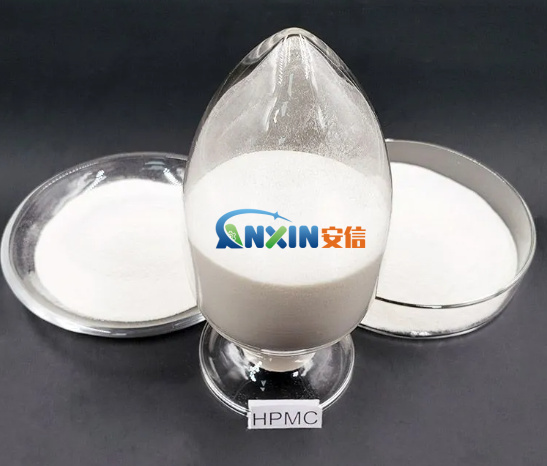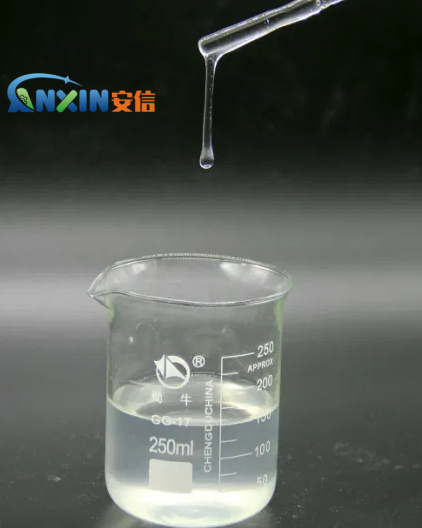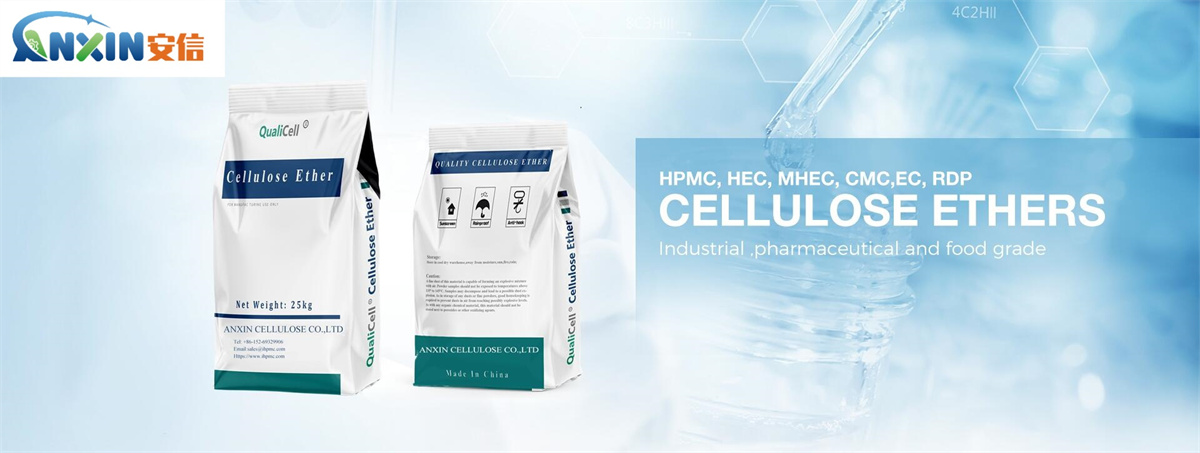Hydroxypropyl methylcellulose (HPMC) is a water-soluble polymer material widely used in pharmaceutical, construction, food, cosmetics and other fields. Its viscosity property is an important parameter to measure its rheological behavior under different environments. Understanding the viscosity property of HPMC aqueous solution helps us better understand its behavior and function in various applications.

1. Chemical structure and properties of HPMC
HPMC is obtained by chemical modification of natural cellulose, mainly formed by hydroxypropylation and methylation of cellulose molecules. In the chemical structure of HPMC, the introduction of methyl (-OCH₃) and hydroxypropyl (-OCH₂CHOHCH₃) groups makes it water-soluble and has good viscosity adjustment ability. The viscosity performance of its aqueous solution at different concentrations and temperatures is affected by many factors such as molecular weight, degree of substitution, solution concentration, etc.
2. Relationship between viscosity and concentration
The viscosity of AnxinCel®HPMC aqueous solution usually increases with increasing concentration. This is because at higher concentrations, the interaction between molecules is enhanced, resulting in increased flow resistance. However, the solubility and viscosity characteristics of HPMC in water are also affected by molecular weight. HPMC with high molecular weight usually exhibits higher viscosity, while low molecular weight is relatively low.
At low concentrations: HPMC solution exhibits lower viscosity at lower concentrations (such as below 0.5%). At this time, the interaction between molecules is weak and the fluidity is good. It is usually used in applications such as coatings and drug sustained release.
At high concentrations: At higher concentrations (such as 2% or higher), the viscosity of HPMC aqueous solution increases significantly, showing properties similar to colloidal solutions. At this time, the fluidity of the solution is subject to greater resistance.
3. Relationship between viscosity and temperature
The viscosity of HPMC aqueous solution is very sensitive to temperature. As the temperature increases, the movement between water molecules increases, and the interaction between HPMC molecules becomes weaker, resulting in a decrease in viscosity. This characteristic makes the application of HPMC at different temperatures show strong adjustability. For example, under high temperature conditions, the viscosity of HPMC usually decreases, which is particularly important in the pharmaceutical process, especially in drug sustained release dosage forms, where temperature changes may affect the stability and effect of the solution.

4. Effect of pH on Viscosity
The viscosity of HPMC aqueous solution may also be affected by the pH value of the solution. Although HPMC is a non-ionic substance, its hydrophilicity and viscosity properties are mainly affected by the molecular structure and solution environment. However, under extremely acidic or alkaline conditions, the solubility and molecular structure of HPMC may change, thus affecting the viscosity. For example, under acidic conditions, the solubility of HPMC may be slightly weakened, resulting in increased viscosity; while under alkaline conditions, the hydrolysis of some HPMC may cause its molecular weight to decrease, thereby reducing its viscosity.
5. Molecular Weight and Viscosity
Molecular weight is one of the important factors affecting the viscosity of HPMC aqueous solution. Higher molecular weight increases the entanglement and cross-linking between molecules, resulting in increased viscosity. Low molecular weight AnxinCel®HPMC has better solubility in water and lower viscosity. Different application requirements usually require the selection of HPMC with different molecular weights. For example, in coatings and adhesives, high molecular weight HPMC is usually selected for better adhesion and fluidity; while in pharmaceutical preparations, low molecular weight HPMC may be used to control the release rate of drugs.
6. Relationship between shear rate and viscosity
The viscosity of HPMC aqueous solution usually changes with the shear rate, showing typical pseudoplastic rheological behavior. Pseudoplastic fluid is a fluid whose viscosity gradually decreases with the increase of shear rate. This characteristic enables HPMC solution to maintain a high viscosity at low shear rate when applied, and enhance fluidity at higher shear rate. For example, in the coating industry, HPMC solution often needs to show a higher viscosity at a lower shear rate when applied to ensure the adhesion and leveling of the coating, while during the construction process, it is necessary to increase the shear rate to make it more fluid.
7. Application and viscosity characteristics of HPMC
The viscosity characteristics of HPMC make it widely used in many fields. For example, in the pharmaceutical industry, HPMC is often used as a drug sustained-release agent, and its viscosity regulation is used to control the release rate of the drug; in the construction industry, HPMC is used as a thickener to improve the workability and fluidity of mortar and adhesives; in the food industry, HPMC can be used as a thickener, emulsifier and stabilizer to improve the taste and appearance of food.

The viscosity characteristics of AnxinCel®HPMC aqueous solution are the key to its application in different fields. Understanding its relationship with factors such as concentration, temperature, pH, molecular weight and shear rate is of great significance for optimizing product performance and improving application effects.
Post time: Jan-27-2025